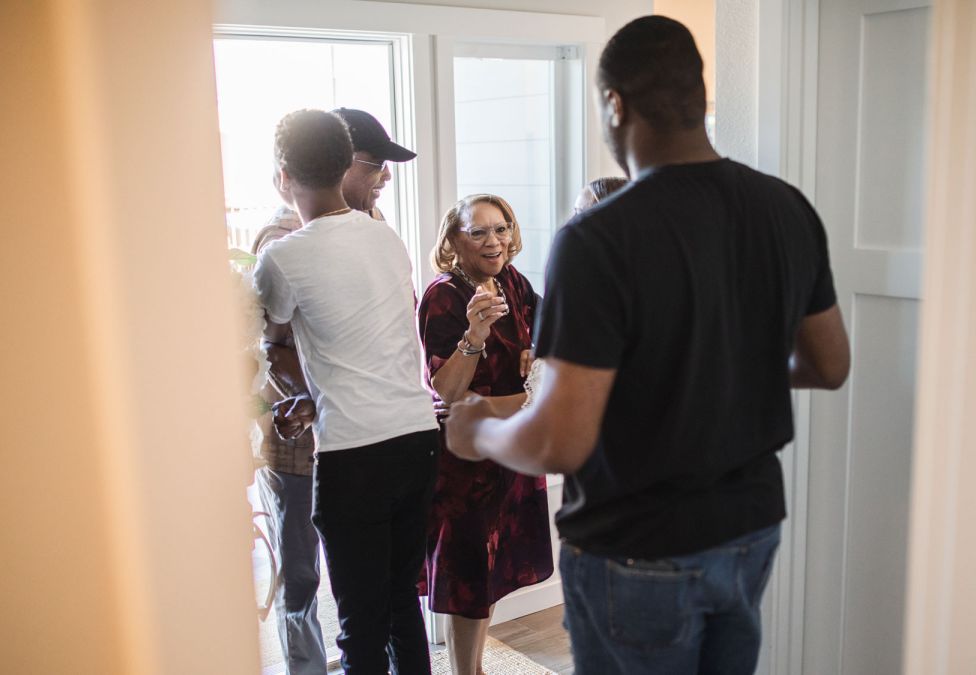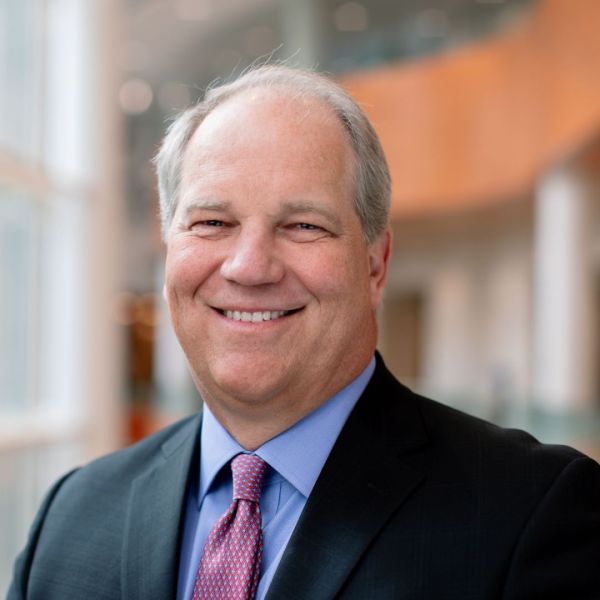
COVID-19 offered learnings on where and how to care for older adults. We realized that we are ill-prepared for a growing, aging population. We grappled with a harsh reality—so many older adults were in nursing homes because they couldn't access care assistance any other way.
And yet, older adults are the fastest-growing segment of our population—by 2035, we will have more adults than children in the country. In the United States, some demographers predict that half of today's five-year-olds can expect to live to the age of 100. Now is the time to seize the opportunity to reimagine care for older adults, offering more choices in how they receive care and thrive later in life.
Now is the time to seize the opportunity to reimagine care for older adults, offering more choices in how they receive care and thrive later in life.
What Did We Explicitly Learn From the Pandemic?
We need to simplify a somewhat broken, complex system and offer care coordination. Access to care in the home is insufficient. For example, 800,000 individuals were placed on waiting lists for in-home care through Medicaid alone.
Those 65 years old today have almost a 70 percent chance of requiring long-term care services and supports that are not financially backed or are in short supply. A majority mistakenly believes Medicare covers long-term care. Although older adults try to stay independent, they lack navigation and coordination across their various services.
We need a relentless focus on the individual. The SCAN Foundation steadfastly advocates person-centered care.
Consider Margarita, a 73-year-old suffering from chronic lower back pain, isolated due to mobility challenges, and feeling depressed, thereby forgetting medications and appointments. Her physicians repeatedly admonished her for missing wellness check-ins. Finally, someone asked Margarita what she wanted. The answer? "To get out of the house with some help."
A social worker found an agency to transport Margarita to and from an adult day center. After a few months, Margarita felt less depressed and got to her appointments. What made the difference? Margarita identified her goals of care.
Grave inequities exist in care delivery. Data show that Black, Hispanic, and American Indian and Alaskan Native persons have experienced higher COVID-19 infection and death rates. Those with disabilities had difficulty transitioning from congregate settings to the community due to inadequate Medicaid home and community-based services. The secondary pandemic of social issues, such as homelessness, disproportionately affects low-income populations racial/ethnic minorities.
Next Steps: Creating a ‘System’ That Supports Aging
-
Simplify the complex health system. Each state should develop a Master Plan for Aging. California's Master Plan for Aging, a roadmap for creating equitable and transformative systems of care for our aging population, has unprecedented investments in aging and disability across housing, health care, long-term services and supports, geriatric workforce, Alzheimer's disease, family caregiving, and more.
-
Improve care coordination for older adults and their caregivers, including investments in community health workers and community engagement, to generate an integrated health and social care model.
-
Focus on the individual. The 2,000+ locations participating in the Age-Friendly Health Systems initiative receive training on basing care on what matters most to patients. And when we think about Margarita, the 73-year-old patient, we need to implement person-driven outcomes measures, taking into account a person's values and preferences.
-
Advance payment and policy reforms. At the start of the pandemic, Medicare and Medicaid programs worked swiftly to adapt under the Public Health Emergency (PHE), including telehealth expansion. Efforts are underway to develop a person-centered framework to assess which PHE flexibilities should become permanent. We should actively redesign benefits (e.g. non-medical benefits) and study innovative payment models (e.g. shared savings) that promote home and community care.
-
Reduce disparities and inequities in health by constructing, implementing, and evaluating programs and policies through a lens of diversity, equity, and inclusion.
All of this will take a cross-sector pledge from stakeholders—policymakers, public health, philanthropy, health-care providers, community-based organizations, technology partners, to name a few. As we attempt to scale and implement sustainable solutions, we should move away from pilots, move toward implementation science, and foster bold solutions. Otherwise, quality will suffer, and the untenable cost of care will persist. The time to build a "movement" and fix the system is now.















